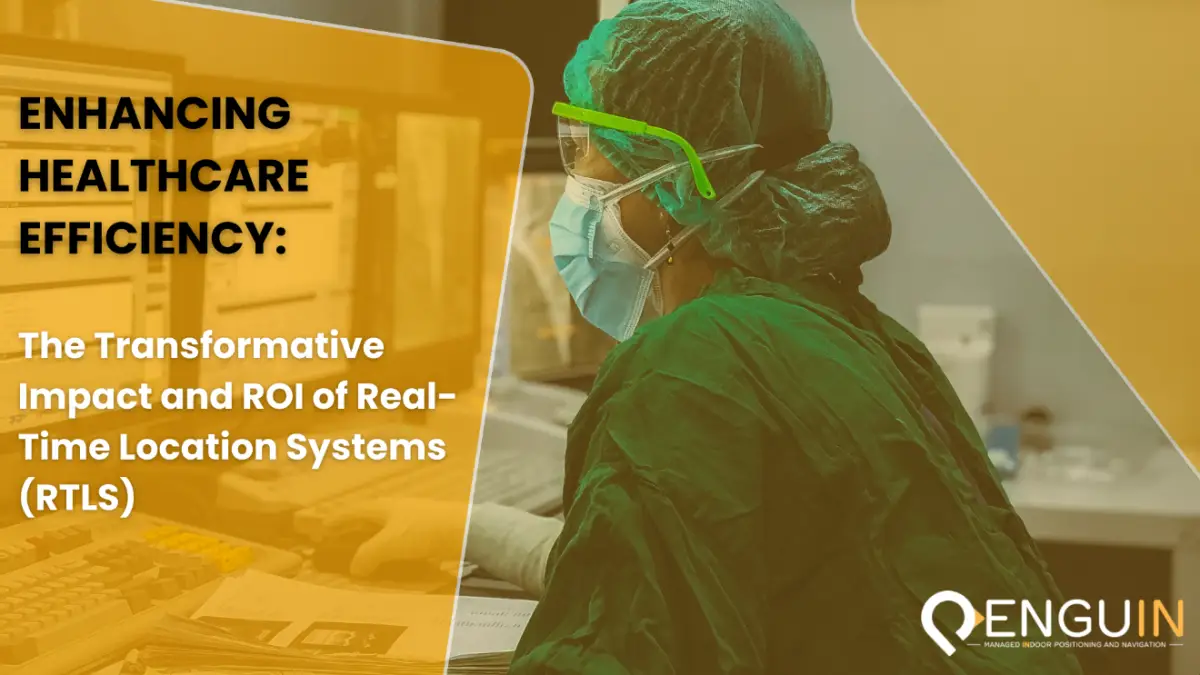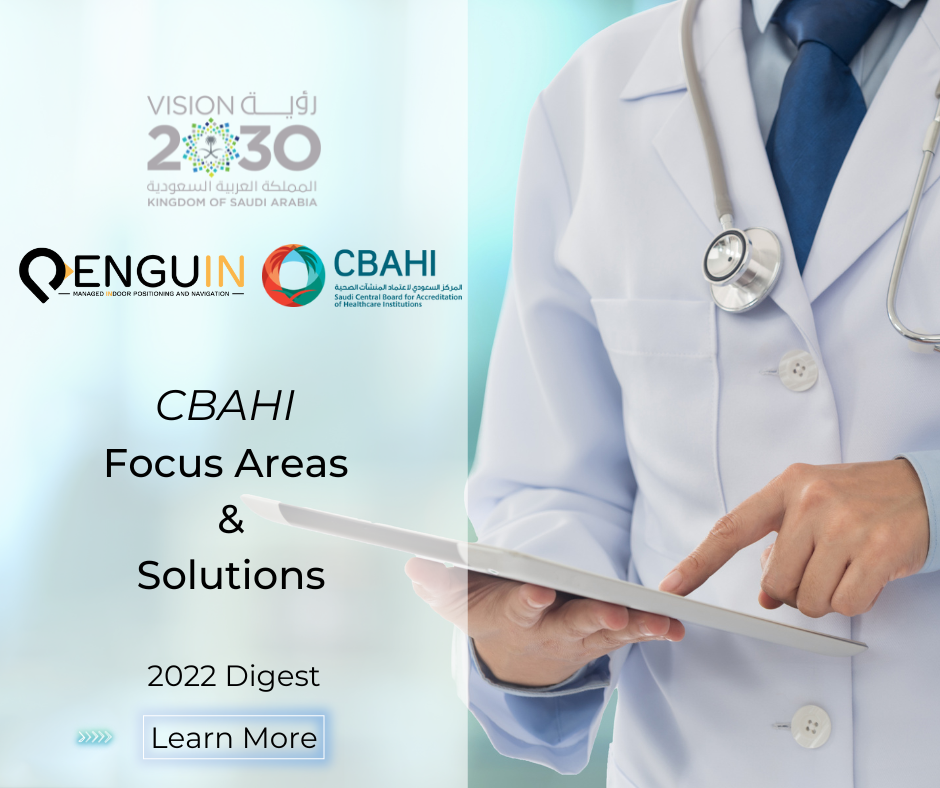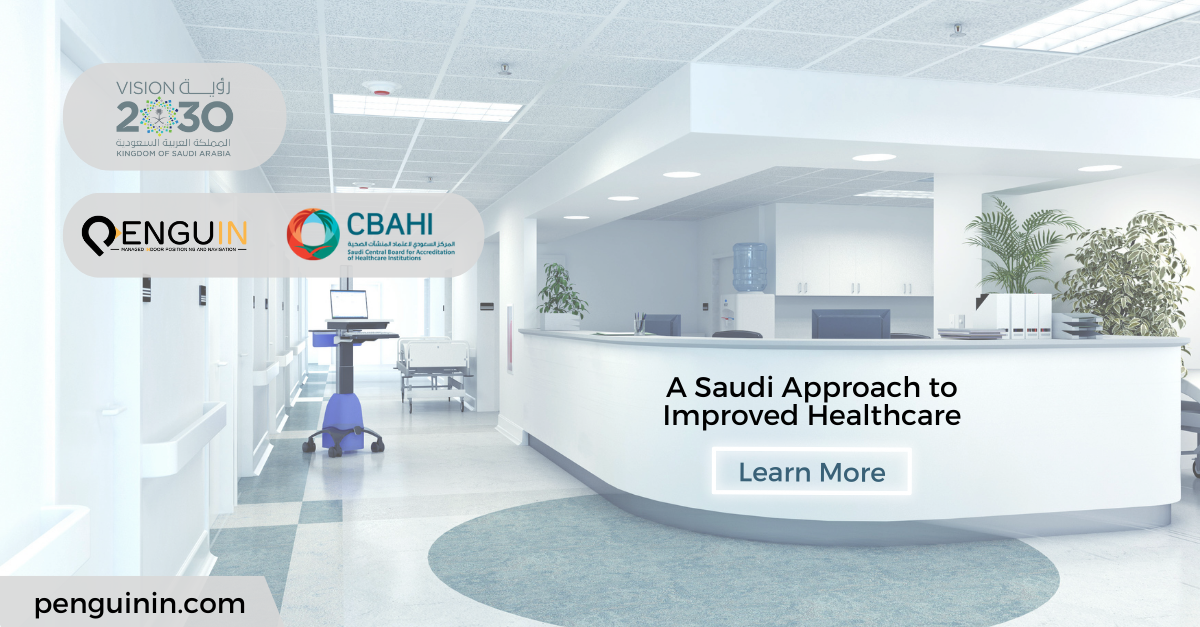As we address pain points that can be solved with RTLS, we naturally gravitate towards healthcare problems. In today’s world, having a well-structured digital foundation is vital. The use of RTLS is gradually becoming an essential addition to every healthcare facility, prioritizing patient safety and optimizing services while ensuring smooth operations where mistakes are minimized. This article provides insights into the important use cases of RTLS solutions and the quantifiable ROI it brings.
Use Cases
Asset Management and Optimization: RTLS enables precise tracking and management of crucial medical assets, such as infusion pumps, wheelchairs, and monitoring devices. By efficiently locating and monitoring these assets in real-time, healthcare facilities experience reduced downtime, minimized equipment loss, and increased asset utilization rates.
Enhanced Patient Safety: With RTLS, patient safety takes center stage. Hospitals can monitor patient movements, prevent elopement incidents, and optimize patient flow. Real-time alerts and notifications ensure timely responses to emergencies, fostering an environment of enhanced patient security and care.
Streamlined Workflows: RTLS optimizes staff movements, streamlining workflows and resource allocation. This leads to reduced wait times for patients, improved staff productivity, and ultimately, better patient experiences.
Contact Tracing: RTLS plays a critical role in maintaining infection control protocols within healthcare facilities. By tracking the movements of medical staff and patients, hospitals can quickly identify and contain potential outbreaks. RTLS data can also be used to analyze patterns of contact and potential transmission, facilitating targeted interventions to prevent the spread of infections.
Hand Hygiene Monitoring: Hand hygiene compliance is vital for patient safety. RTLS enables real-time monitoring of healthcare professionals’ handwashing practices, ensuring adherence to protocols and reducing healthcare-associated infections (HAIs). Immediate feedback promotes a culture of awareness, enhancing patient outcomes. Analyzing compliance trends aids staff training, elevating patient care with PenguinIN’s comprehensive RTLS solutions. Discover how RTLS revolutionizes hand hygiene for North American healthcare facilities.
ROI Drivers –
Cost Savings from Asset Utilization: Research conducted in North American hospitals has highlighted the substantial financial impact of asset theft and loss. Multiple studies have demonstrated that the annual cost of hospital equipment losses, attributed to theft or misplacement, can possibly range from $4000 to $12,000 per bed. This translates to annual losses that could range from $400,000 to $1,200,000.
Increased Patient Throughput: By minimizing patient wait times and optimizing bed turnover, RTLS can help hospitals accommodate more patients. A 15% increase in patient throughput, reported in several case studies, could lead to potential annual revenue growth of $2 million per facility.
Avoidance of Legal Liabilities: Implementing RTLS in elderly care units led to an 80% reduction in patient elopement incidents in North American healthcare facilities. This reduction ensures patient safety and mitigates potential legal liabilities, protecting hospitals from substantial financial consequences.
PenguinIN: An Affordable RTLS Provider with a Simplified Managed System
PenguinIN takes pride in offering a cost-effective and user-friendly RTLS solution that caters to the specific needs of healthcare providers. Our simplified managed solutions (PENTRACK & PENNAV) ensure seamless integration into existing infrastructures, eliminating the need for complex and costly installations.
Through our advanced tracking technology, healthcare facilities can optimize asset utilization, streamline workflows, and enhance patient safety, all while achieving significant cost savings. With PenguinIN as a reliable RTLS partner, hospitals can focus on delivering top-notch patient care, confident in the knowledge that their operational efficiency and ROI are maximized.
Read more about our process to align with “CBAHI” and how we help our clients achieve regulatory compliance in our in-depth article.
Conclusion
The ROI of Real-Time Location Systems in the healthcare industry is undeniable, with North American healthcare facilities experiencing substantial cost savings, improved patient care, and optimized operations.
As the healthcare landscape continues to evolve, RTLS emerges as a transformative solution, bringing precision and efficiency to healthcare operations. PenguinIN’s affordable RTLS offering, coupled with a simplified managed system, positions us as a leading provider in the market, empowering healthcare organizations to unlock the true potential of RTLS and thrive in an era of precision healthcare. With a multitude of use cases, RTLS becomes an indispensable tool in elevating healthcare services to new levels of excellence.
With PenguinIN as your trusted partner, we deliver innovative and tailored RTLS solutions for your indoor positioning and tracking needs.
Contact us today to enhance your indoor positioning capabilities.
Learn more about our solutions here












